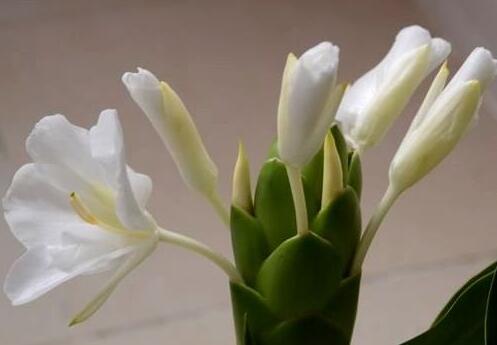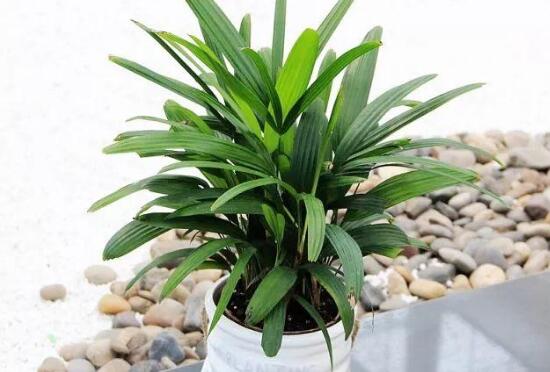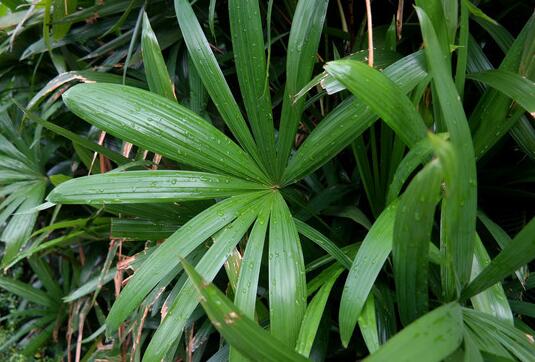Can ginger flowers be raised in water? how to raise ginger flowers in water / aquaculture / hydroponic techniques
Ginger flower is loved by people for its elegant flower posture and pungent aroma, and many flower friends wonder how ginger flower can be so beautiful, so can it be raised in water? How to raise ginger flowers in water if you can? And how do ginger flowers blossom in water? With these questions, let's find the answers.
Can ginger flowers be raised in water?

First of all, ginger flowers can be raised in water, and like most hydroponic plants, ginger flowers can be cultivated in hydroponic containers with fixed baskets, but there are some skills that need to be mastered during maintenance, such as changing water, pruning, adding nutrient solution, and so on, otherwise it will easily lead to plant death.
How to raise ginger flowers in water
1. Take off the pot: dig out the ginger flowers from the flowerpot, pay attention to taking the soil mass out of the flowerpot. When taking off the pot, it can be light around the pot, so that there is loosening between the soil and the pot, so that it is not easy to hurt the stems and leaves.
2. Remove the soil: wash the soil of the root with clean water, and then soak it in potassium permanganate or carbendazim solution, which can play the role of disinfection and sterilization, so that it is not easy to breed too many microorganisms after water culture, and it is not easy to produce diseases and insect pests of ginger flowers.
3. Planting: put the plant into the planting basket, fix the root with vermiculite, and then put the planting basket into the mouth of the water-fed container and add water to the container. The height of the water level is appropriate to cover 2/3 of the root, to ensure that 1/3 of the root is exposed to water. Root rot can be avoided.
4. Maintenance: if you complete the above three steps, then the water culture of ginger flowers has been achieved, but if you want it to grow smoothly, you need to do a good job of maintenance and management in the later stage, including changing water, adding nutrient solution, pruning and so on. Change the water once every 10 days when the water is raised, and change the water every 3-5 days after resuming growth. The nutrient solution can be added every 2 times. If the root is rotten, it needs to be pruned in time.
How do ginger flowers blossom in water
1. Adequate light: when raised in water, ginger flowers cannot be placed in dark places, especially in rooms that lack light and are relatively closed. If there is not enough light, they will not only grow slowly but not blossom, but also make the plants wither quickly.
2, temperature control: ginger flowers need a temperature of 25-30 degrees, if the temperature is low, it is difficult to blossom, so when raising water, we must ensure that the temperature is moderate, keep warm in winter, when changing water, the water temperature should be close to room temperature, do not use too cold water, otherwise the roots will be frostbitten.
Are ginger flowers poisonous?
We often say that "it is the third part of medicine poison". As a kind of traditional Chinese medicine, ginger flower inevitably has certain medicinal toxicity. But this does not prevent us from growing ginger flowers as ornamental plants. It is true that the fragrance of ginger flowers is too strong to cause discomfort among people with allergies, but for people who are not allergic, ginger flowers are graceful in the shape of butterflies, strong but not greasy, fresh and pleasant, and have the effects of purifying the air, relieving fatigue, awakening the brain and repelling mosquitoes. It is a high-quality ornamental plant.
In other words, ginger is not only non-toxic, there are many other effects and functions, you can rest assured to cultivate! Next, let's learn about the efficacy and use of ginger flowers.
Ginger flower
Ginger flower
Aliases: butterfly lily, Suihua Shannai, ginger orchid
Scientific name: Hedychium coronarium
Aliases: wild ginger, butterfly ginger, paniculata, butterfly, white butterfly, fragrant snow, night cold, turmeric, turmeric
Morphological features: the underground stem is massive and fragrant, shaped like ginger. Leaves long elliptic-lanceolate, sessile, parallel veined, smooth, abaxially with long hairs. Terminal dense spikes, protected by large bracts, each inflorescence with 10-15 flowers, white, yellow, red, orange and other colors.
Ecological habits: like light, resistant to half shade, not resistant to cold, like warm and humid climate. It grows well in the slightly acidic and fertile sandy loam, the winter temperature drops below 10 ℃, the aboveground part withered, and the underground ginger dormancy overwintering.
Florescence: from May to November.
Flower language: trust, nobility and elegance, simplicity.
Garden uses: cut flowers, planted by roadsides, lawns, streams, rockery and pools.
Medicinal efficacy: rhizome and fruit are used as medicine, with the functions of warming the stomach, relieving surface, dispelling wind and dispelling cold, warming menstruation and relieving pain, dispelling cold and so on.
- Prev

How to raise potted brown bamboo, culture methods and precautions of brown bamboo / like warm environment
For brown bamboo, flower friends should be no stranger, it is also called Guanyin Town, is a common indoor ornamental plant. In life, brown bamboo looks very prestigious, so it is favored by many flower friends, so how to raise brown bamboo? In this regard, the editor carefully sorted out the cultivation methods and points for attention of brown bamboo, which is very comprehensive.
- Next

How to change the basin of palm bamboo, the method of changing the basin of palm bamboo/the most suitable for changing the basin in early March
In the cultivation process of palm bamboo, it is necessary to change the pot once every 2-3 years, so that palm bamboo can grow better, but there are many places to pay attention to in changing the pot. So how to change the palm bamboo pot? What are the precautions for palm bamboo changing pots? The following small series takes everyone to understand
Related
- Fuxing push coffee new agricultural production and marketing class: lack of small-scale processing plants
- Jujube rice field leisure farm deep ploughing Yilan for five years to create a space for organic food and play
- Nongyu Farm-A trial of organic papaya for brave women with advanced technology
- Four points for attention in the prevention and control of diseases and insect pests of edible fungi
- How to add nutrient solution to Edible Fungi
- Is there any good way to control edible fungus mites?
- Open Inoculation Technology of Edible Fungi
- Is there any clever way to use fertilizer for edible fungus in winter?
- What agents are used to kill the pathogens of edible fungi in the mushroom shed?
- Rapid drying of Edible Fungi

